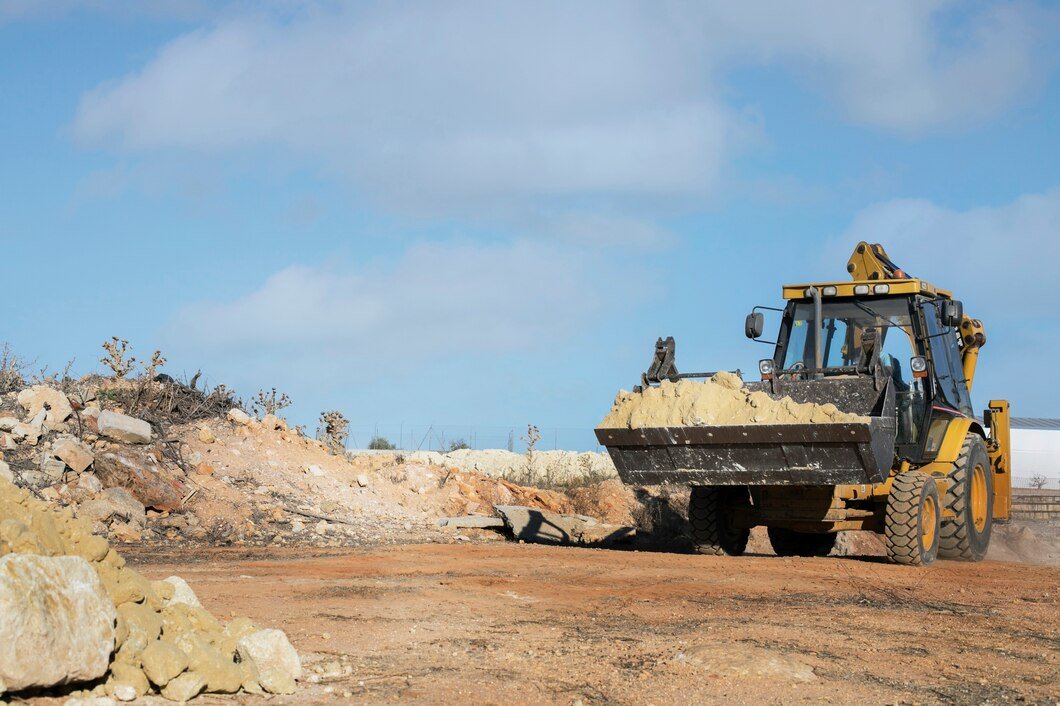Land clearing is a critical step for many development projects, whether it’s for construction, agriculture, or landscaping. Before you begin, it’s essential to be well-prepared and understand the complexities involved. Here are five key things you should know before starting any land clearing project.
1. Understand Local Regulations and Permits
One of the most crucial aspects to consider before beginning any land clearing project is understanding the local regulations. Depending on where your property is located, there may be strict rules on how and when you can clear land. Many councils have restrictions to protect the environment, preserve wildlife habitats, and manage fire risks.
Make sure you obtain the necessary permits from local authorities to avoid legal complications. It’s advisable to work with professional land clearing services that are familiar with local regulations and can handle the paperwork for you. They can help navigate the legalities and ensure that your project complies with all rules, reducing the risk of penalties.
2. Assess the Land and Plan Accordingly
Before you can clear the land, it’s important to assess the area to understand its specific characteristics. Not all land is the same, and factors like terrain, soil type, and existing vegetation can significantly impact the process. Here’s what to keep in mind:
- Topography: Sloped or uneven terrain may require special equipment and techniques.
- Soil Type: Some soils are more prone to erosion, which can lead to problems if not managed properly.
- Vegetation: Identify any trees, shrubs, or plants that need to be preserved, and note any potential hazards such as poisonous plants or invasive species.
An accurate assessment will help you determine the scope of work and choose the right land clearing services. Professional service providers will conduct a thorough land survey to plan out the best approach, ensuring efficiency and safety.
3. Choose the Right Equipment and Methods
Land clearing involves various methods and equipment, and choosing the right ones depends on the size and nature of the project. Some common land clearing techniques include:
- Mulching: This method involves grinding vegetation into mulch, which can then be left on the ground to enrich the soil.
- Bulldozing: Suitable for larger projects, this involves using heavy machinery to push vegetation out of the way.
- Selective Clearing: Ideal for projects that require preserving certain trees or vegetation.
Professional tree services in Sydney and land clearing companies will have access to the necessary equipment and expertise to carry out the project efficiently. Trying to do it yourself could be risky, especially if you don’t have experience handling the machinery involved.
4. Consider Environmental Impact
Land clearing can have a significant impact on the environment. Removing trees and vegetation can lead to soil erosion, habitat destruction, and changes in the local ecosystem. It’s essential to plan the project carefully to minimise environmental damage. Here are a few considerations:
- Erosion Control: Implement measures such as silt fences and erosion control blankets to prevent soil erosion during and after the clearing process.
- Wildlife: Check for any protected species that may be living in the area. You may need to adjust your plans to ensure that their habitats are not destroyed.
- Waterways: If the land clearing is near water sources, be cautious of runoff that could contaminate these areas.
Many professional land clearing services are environmentally conscious and can implement eco-friendly practices to mitigate the impact of the project. They may also offer tree planting services to replace any trees that were removed, promoting sustainability.
5. Budgeting and Time Management
Land clearing can be a costly and time-consuming process, so it’s important to budget carefully. The cost will depend on the size of the land, the amount of vegetation to be cleared, and any additional services like debris removal or mulching. Here’s how to plan your budget effectively:
- Get Quotes: Request quotes from multiple land clearing services to compare prices and services offered.
- Estimate Duration: Understand that larger areas will take more time to clear, and unexpected obstacles could cause delays. Plan your schedule accordingly.
- Additional Costs: Be aware of any potential additional costs such as equipment rental, permits, or post-clearing cleanup.
Effective budgeting and time management will help you avoid overspending and ensure that the project is completed on schedule.
Conclusion
Starting a land clearing project can be daunting, but with the right knowledge and planning, it can be done efficiently and safely. Remember to check local regulations, assess the land, choose the appropriate equipment, consider environmental impacts, and manage your budget carefully. Working with professional land clearing services can streamline the process, ensuring your project is handled by experts who understand the intricacies of land clearing.
If you’re planning a project and need reliable tree services in Sydney, contact a professional service to get expert guidance and support every step of the way.
Read Our Home Related Blogs Here!



